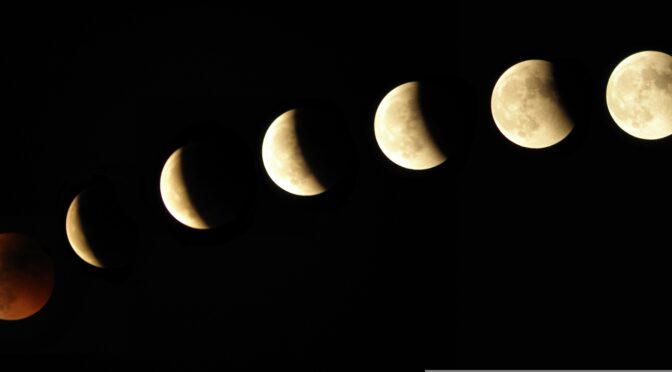Humans have been watching the sky for thousands of years. In ancient times, humans crafted the first calendars by watching the changes they observed in the moon. Naturally, humans used the changes to plan important events, including various agricultural activities. While we may never recover the complete history of ancient agricultural practices, there is little doubt that planting by phases of the moon dates is a time-worn tradition.
Today, we can sometimes find the remnants of these traditions still in practice. Particularly in Appalachia, older generations and those taught to garden by them still regularly practice planting by the moon’s phases. The practice has also seen a resurgence, particularly among permaculturalists. In today’s blog, we’ll uncover what we know about moon-phase gardening.
What is Moon Phase Gardening?
It may sound mysterious, but moon-phase gardening is a simple practice. In moon-phase gardening, you plant certain crops with the waning (diminishing) or waxing (becoming fuller) moon phase. The belief is that you should plant those crops with above-ground produce like lettuce, beans, tomatoes, and cabbages during a waxing moon and plant those crops with below-ground produce like potatoes, beets, carrots, and turnips during a waning moon.
A waning moon is also generally considered to be the best time to harvest. The belief is that the plants generally have less sap flow during the waning moon and will have a longer shelf life if harvested at this time.
You can easily find the moon phase for specific dates online or use moon phase calendars or more detailed publications like the Old Farmer’s Almanac or Llewellyn’s Moon Sign book.
Some moon-phase gardening practitioners also plant by astrological signs. Generally, earth and water signs, including Cancer, Taurus, Scorpio, Pisces, and Capricorn, are thought to be fertile and moist, while fire and air signs like Leo, Gemini, Aquarius, Aries, and Sagittarius are believed to be dry and barren. However, there are a couple of exceptions. Practitioners believe Virgo (an earth sign) is barren while Libra (an air sign) is fertile. Some folks also believe certain plants perform best when planted under a specific sign.
You may have also heard of biodynamic farming, which was started in 1924 by Rudolf Steiner and also uses moon-phase gardening. The practice of biodynamic farming leans on some of these older traditions but has additional steps and breaks plants into further categories: root, leaf, flower, and fruit.
 Does Moon Phase Gardening Work?
Does Moon Phase Gardening Work?
When we look for modern scientific research, there really aren’t studies that support the idea that the moon affects plants’ growth. Some research has explored whether or not plants are affected by moonlight or the moon’s gravitational similar to the way it affects the ocean’s tides. So far, most of the science available says that plants are not affected by either of these qualities. However, one study focusing on coffee plants did indicate that the full moon affected the plant’s circadian rhythm. Further research on the moon’s effect on plants is needed to make solid conclusions.
While this practice is undoubtedly old and has many staunch believers, some historians believe that our relationship with the practice has changed over time. In her essay, Planting by the Moon: Medieval Science and New Age Religion, Professor Rebecca Krug of the University of Minnesota argues that medieval gardeners used this as a practical technique but did not put it above other observable conditions, while new age writers and gardeners have assigned spiritual and philosophical significance to the practice.
Should I Use Moon-Phase Gardening Techniques?
Gardening is nothing if not an experiment, and if you feel drawn to moon-phase gardening, there’s no harm in it. While we don’t have scientific evidence that it works, whatever works for you and doesn’t harm the land is the right way to garden. Whether you want to experiment yourself or are looking to connect with your ancestors or learn a little more about history and astronomy, moon-phase gardening can be an exciting project.

